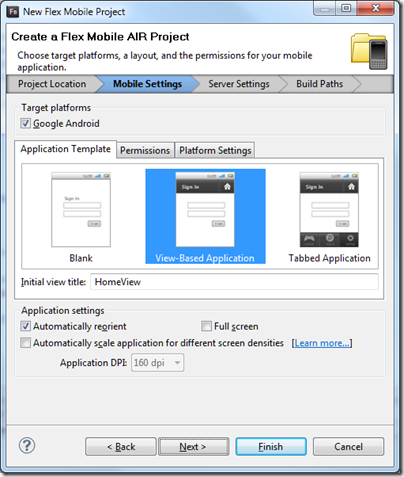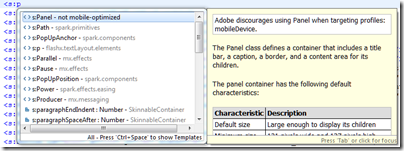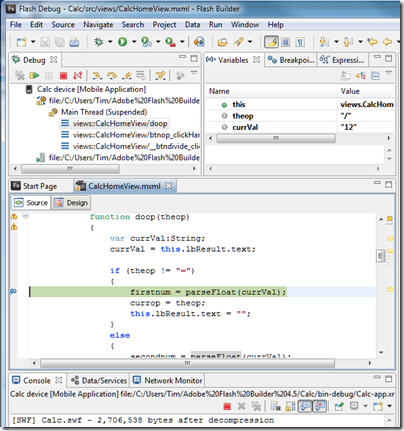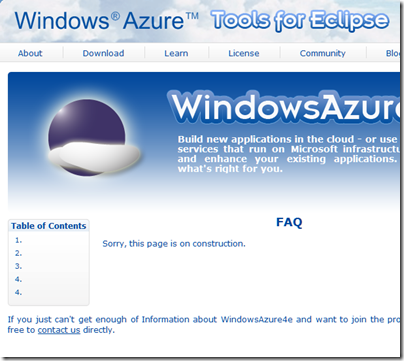This week there are a couple of stories about companies whose business was affected by the third-party platform on which they deploy.
The first is from a post from Beamitdown Software’s Dennis Morin whose iFlowReader app for iOS is no longer viable following changes Apple has made to its developer agreement, insisting that add-on content for apps must be sold through Apple’s purchase system, where it is subject to a 30% fee. Beamitdown’s product is an eBook reader, and the content is eBooks, on which the company gets a 30% commission from the publisher. No profit.
It is also worth reading Morin’s interview with CNET in which he adds some detail.
Morin’s complaint is that Apple changed the rules; and reading his account of how difficult it was to communicate with Apple and how unsatisfactory and unreasonable the outcome is, it is hard not to be sympathetic.
On the other hand, was it sensible to build a business on a platform that you do not control, and with a product that competes, and was always likely to compete, with a similar service from the owner of that platform?
Ask Skyhook, which is trying to offer location services on Android devices, and is suing Google for allegedly blocking Skyhook’s deal with Motorola to favour of its own services. The action has unearthed correspondence between Google and Motorola that shows the limits of Android’s openness, though I have no idea about the merits of the legal action. Note that a key point here is not the Android OS itself, but Google’s applications which include Android Market. You will notice that the cheapest Android devices, like the famously poor Next Tablet, do not include the Android Market or other Google applications; they use Android source code but are not fully part of the ecosystem:
Is compatibility mandatory?
No. The Android Compatibility Program is optional. Since the Android source code is open, anyone can use it to build any kind of device. However, if a manufacturer wishes to use the Android name with their product, or wants access to Android Market, they must first demonstrate that the device is compatible.
How can I get access to the Google apps for Android, such as Maps?
The Google apps for Android, such as YouTube, Google Maps and Navigation, Gmail, and so on are Google properties that are not part of Android, and are licensed separately. Contact android-partnerships@google.com for inquiries related to those apps.
Who determines what will be part of the compatibility definition?
Since Google is responsible for the overall direction of Android as a platform and product, Google maintains the Compatibility Definition Document for each release. We draft the CDD for a new Android version in consultation with a number of OEMs, who provide input on its contents.
The Next tablet and devices like demonstrate why Google having a measure of control over Android is not a bad thing. However it gets uncomfortable if you want to put out a device that uses Android in ways that conflict with Google’s goals.
What are Google’s goals? It is a good question; but my assumption is that Android is intended to promote Google’s services such as search, and to make your Google identity central to your digital life so that you use Google mail, payments, Google Apps and so on. Further, Android is a strategic play to prevent Apple from owning mobile outright, at least at the high end, and in that respect it is proving successful.
The newly announced Chromebook is more closely tied to Google and delivers more obvious benefit to the company, but whether it will be as successful as Android is doubtful.
The bottom line is that if you choose to deploy on someone else’s platform, you have to take account of the risk that entails. This is nothing new – try marketing an office suite for Windows – but the extent to which the platform is controlled has been taken to a new level by Apple, and even Android has its risks. The nearest thing to an open platform that has broad reach is the Web and web technologies.





















